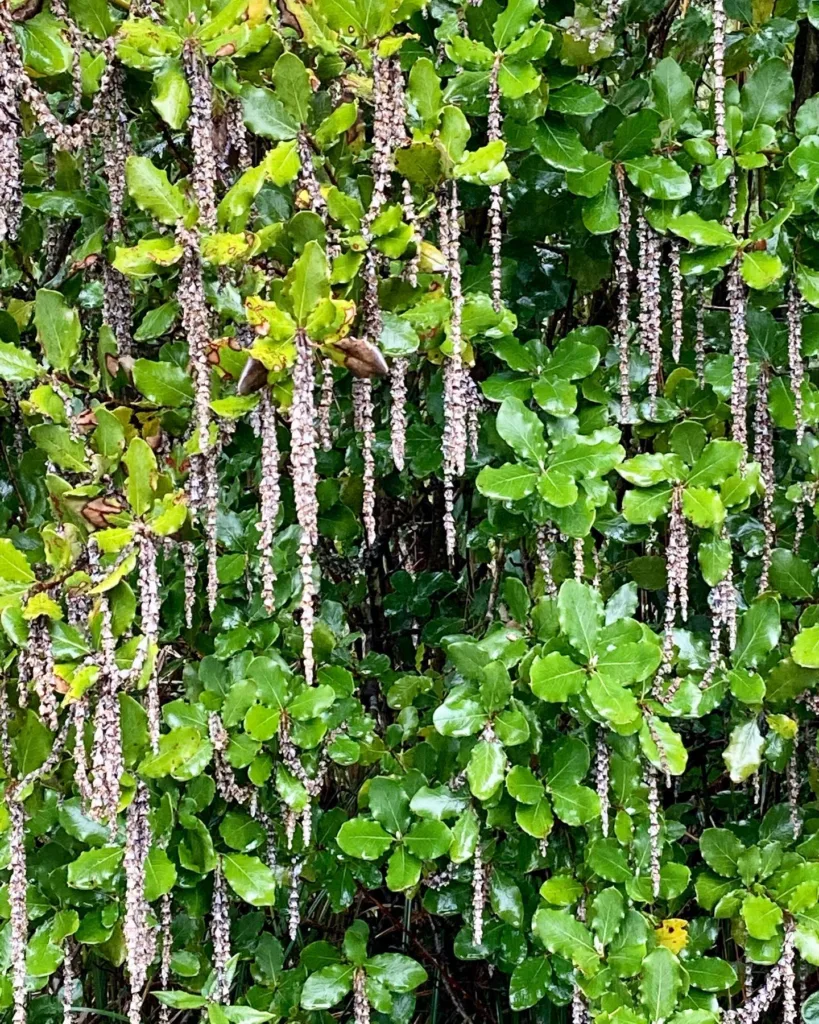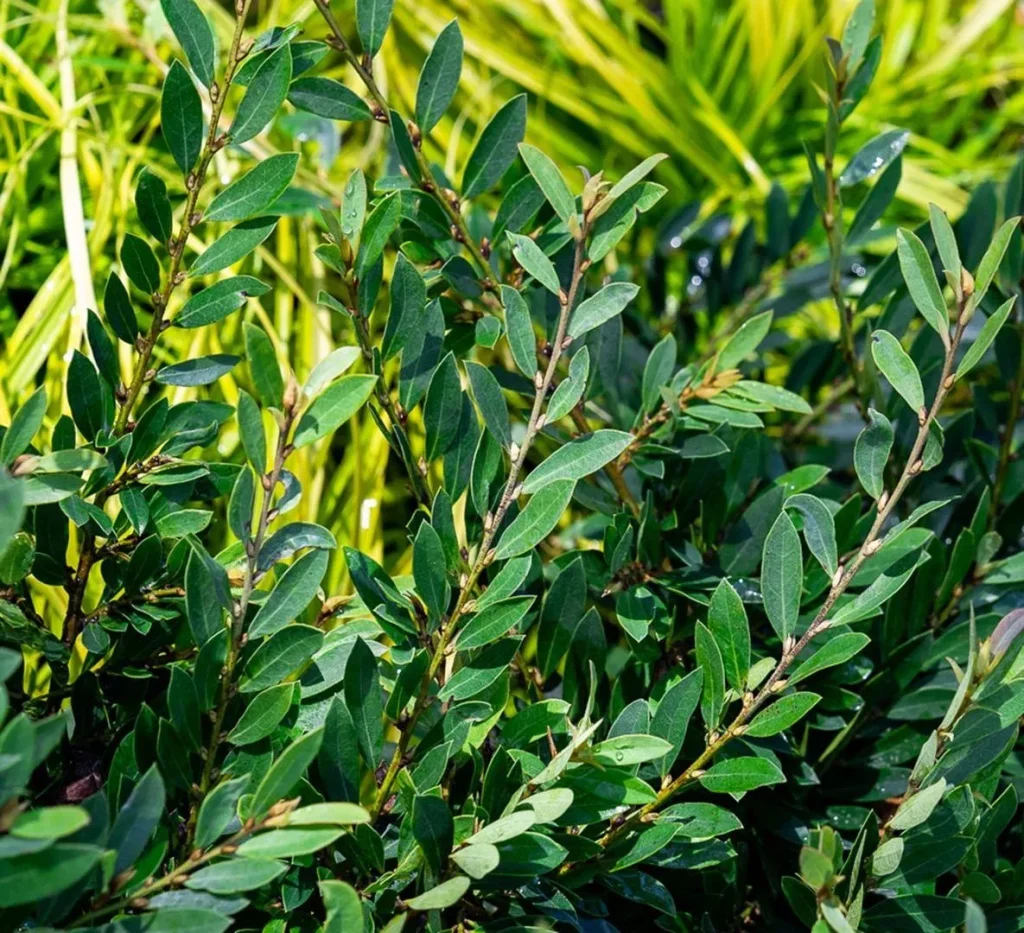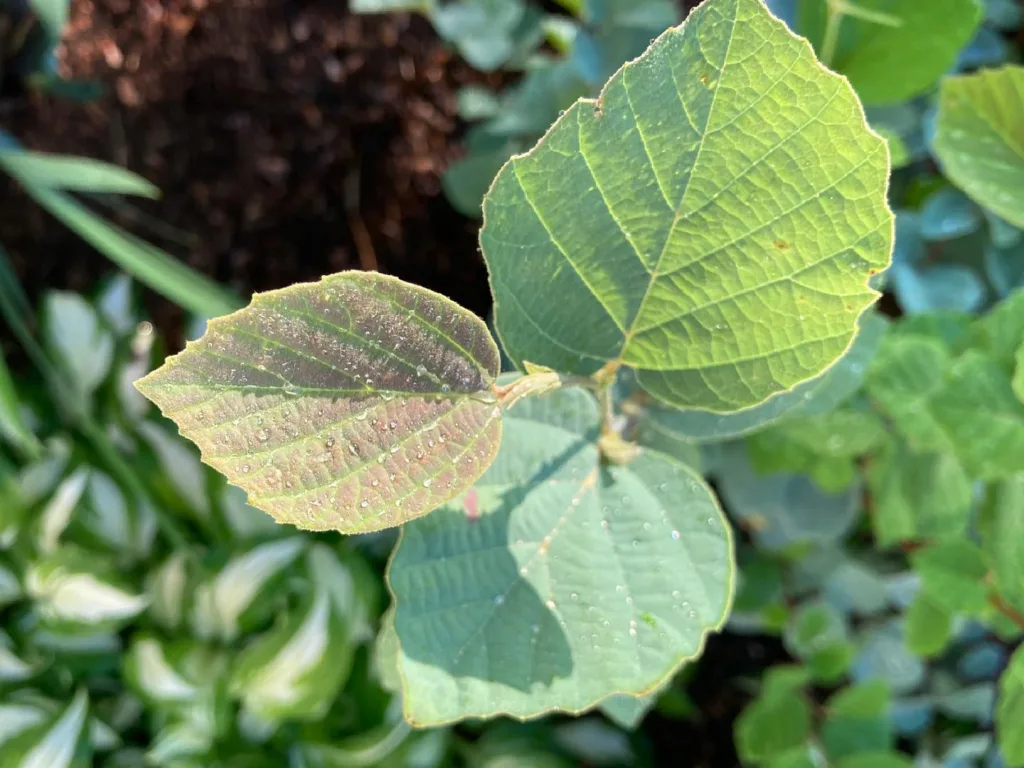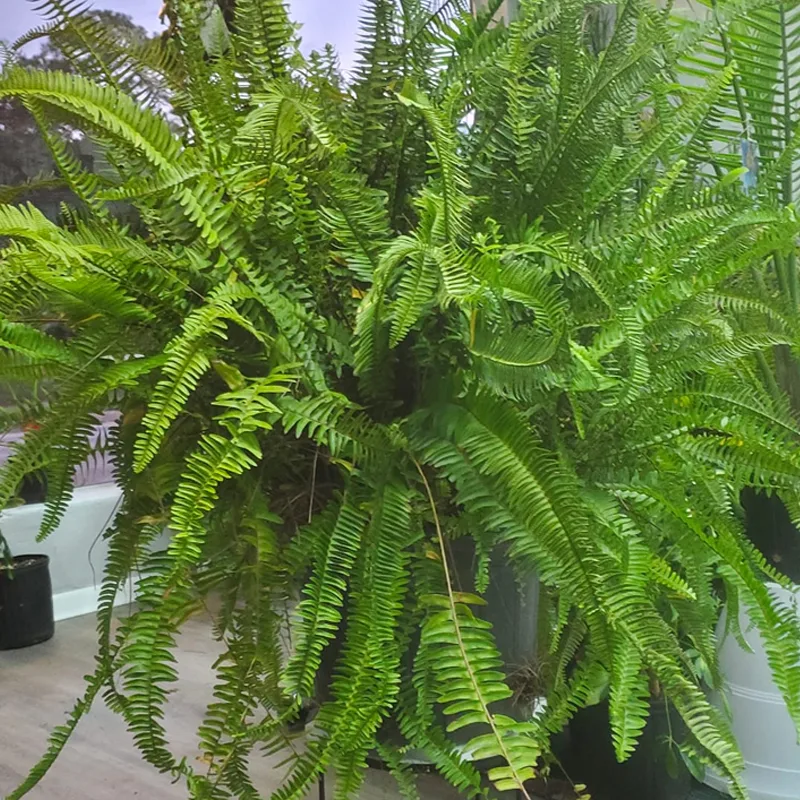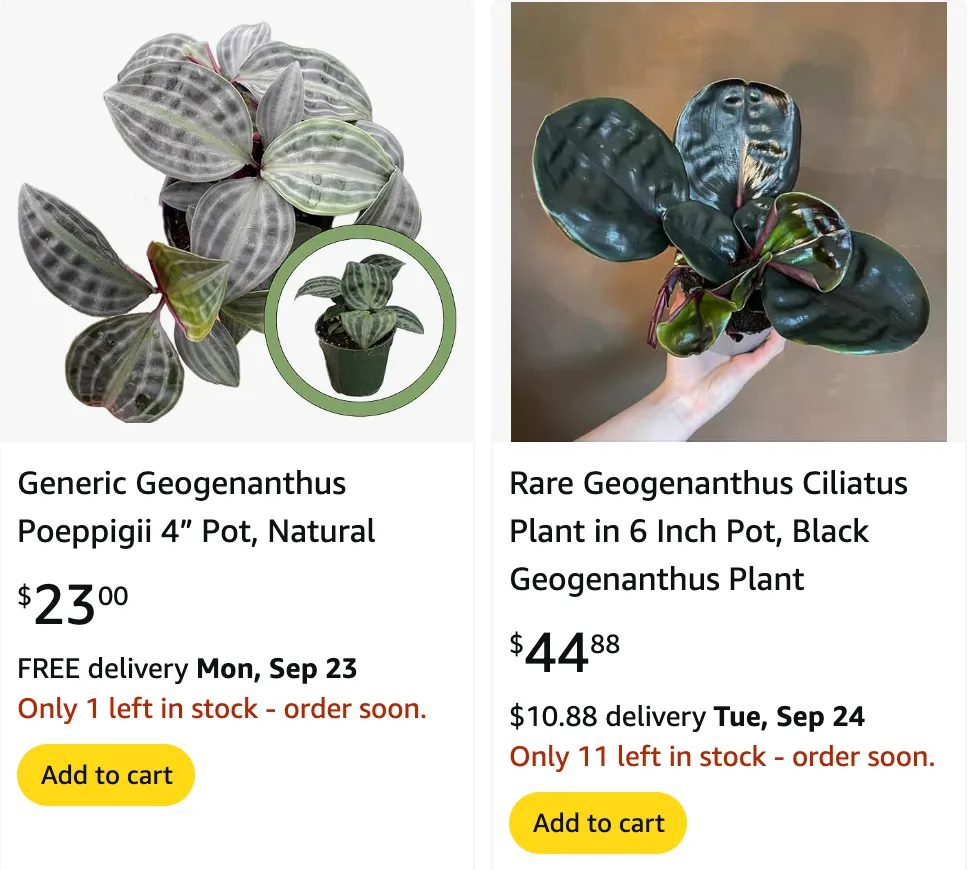
Geogenanthus: My Enduring Fascination with the Seersucker Plant
I, Ferb Vu, confess to a certain fascination with the botanical world. The sheer diversity of form, texture, and color never ceases to amaze me. But among the myriad of plants that have captivated my attention, the genus Geogenanthus belong to the Commelinaceae family, holds a special place in my heart. These remarkable plants, with their intriguing foliage and understated elegance, have become a cherished part of my collection.
Unveiling the Allure of Geogenanthus
Originating from the lush rainforests of South America, Geogenanthus are prized for their ornamental foliage. The name itself, derived from the Greek words “geo” (earth) and “genanthus” (earth flower), speaks to their terrestrial nature and captivating beauty. Imagine these plants thriving in the dappled light of the rainforest understory, their leaves catching the occasional sunbeam filtering through the dense canopy.
What truly distinguishes Geogenanthus is the unique texture of their leaves. Often referred to as “seersucker plants,” their foliage boasts a distinctive puckered or quilted appearance, reminiscent of the crinkled fabric. This unusual texture, coupled with the deep green, almost iridescent hues, creates a mesmerizing visual effect. It’s as if an artist has carefully sculpted each leaf, adding intricate details and subtle variations in color.
Delving Deeper into the Species
The genus Geogenanthus currently encompasses three recognized species, each with its own unique characteristics:
- Geogenanthus ciliatus: This species, perhaps the most commonly encountered, is characterized by its dark green, ovate leaves with a velvety texture and slightly wavy edges. The undersides of the leaves often reveal a captivating purple hue, adding another layer of intrigue. In its natural habitat, G. ciliatus often grows as an epiphyte, clinging to trees and rocks. Plant FAQs: Geogenanthus Ciliatus
- Geogenanthus poeppigii: Also known as the “seersucker plant,” G. poeppigii showcases deeply textured, lance-shaped leaves with a prominent, quilted pattern. The leaves often exhibit a beautiful iridescent sheen, shimmering with an almost metallic quality when the light catches them just right. This species truly exemplifies the unique textural beauty of the genus. Plant FAQs: Geogenanthus Poeppigii
- Geogenanthus rhizanthus: This lesser-known species is distinguished by its more elongated leaves and a creeping growth habit. It tends to be less common in cultivation compared to the other two, adding to its allure for collectors like myself. I find the sprawling nature of G. rhizanthus particularly appealing, as it creates a sense of wildness and untamed beauty.
My Journey with Cultivation
Over time, I’ve developed a deep understanding of the needs of Geogenanthus. They thrive in warm, humid environments, reminiscent of their tropical origins. I ensure that the soil is well-draining, allowing for consistent moisture without becoming waterlogged. Bright, indirect light is crucial, as harsh sunlight can damage their delicate leaves.
I’ve discovered that Geogenanthus respond positively to regular fertilization during the growing season. A balanced liquid fertilizer, applied every few weeks, helps to maintain their vibrant foliage and encourage robust growth. It’s like providing them with a nourishing meal that sustains their beauty and vitality.
One of the aspects I appreciate most about Geogenanthus is their adaptability. They can be grown in pots, hanging baskets, or even terrariums, allowing for creative expression in various indoor settings. Their compact size also makes them suitable for smaller spaces, bringing a touch of the rainforest to even the most urban environments.
Propagation: Sharing the Passion
Propagating Geogenanthus is a rewarding experience. I’ve had success with both stem cuttings and division. Stem cuttings can be rooted in water or moist soil, while division is best done during repotting in the spring. It’s fascinating to witness the development of new roots and the emergence of fresh growth.
Sharing cuttings with fellow plant enthusiasts is a joy, allowing others to experience the unique beauty of Geogenanthus. It’s a way of connecting with others who share my passion for the botanical world and spreading the love for these extraordinary plants.
The Enduring Appeal of the Extraordinary
For me, the allure of Geogenanthus lies in their unique combination of texture, color, and ease of care. They are a testament to the diversity and wonder of the plant kingdom, offering a touch of the exotic to any indoor space. Each time I gaze upon their captivating seersucker foliage, I’m reminded of the intricate beauty that exists in nature.
As I continue to explore the vast world of plants, I’m always searching for new and intriguing additions to my collection. But Geogenanthus, with its captivating foliage and understated elegance, will forever hold a special place in my heart. It’s a love affair that began with a single glance and has blossomed into a deep appreciation for the remarkable qualities of these plants.
If i die, water my plants!
